The first meeting of the year for the Downtown Development Review Overlay (DDRO) committee takes place this Wednesday, January 6 (details below). There’s only one item on the agenda: the demolition of a non-historic auto-shop on First Street to make way for a parking lot.
We wrote about the plan last October, but the DDRO is just now taking up the case.
Located on a block already pocked by surface parking lots and dominated by an onramp to Interstate 65, the plan would add 46 new parking spots on the .4 acre site at 430 South First Street. A single-story, 3,439-square-foot former Midas automobile repair shop built in 1975 occupies less than half the parcel today.
The parking lot would serve the adjacent First Urology at 444 South First Street, which already has a parking lot for approximately 38 cars. There are already around 25 parking spots on the auto repair shop site with plenty more in street parking in the area.
According to documents filed with the city, the parking lot would sit behind a seven-foot-tall masonry wall covered in EIFS or stucco built along First Street and along the north lot line. A locked gate would allow vehicular access. As worded in city documents, the wall would be placed directly along the property line with landscaping only on the inside. (No site plan was immediately available.) An existing curb cut will remain from the Midas parking lot, but it would be gated.

First Urology owner Michael O’Shannon and applicant Marv Blomquist of Blomquist Design Group met with city officials last year to discuss the project, according to the city’s staff report. At those meetings, the report indicates discussions included ideas to keep the existing building, but the owner did not wish to maintain the structure.
Ultimately, the staff report recommends demolishing the Midas structure and paving the parking lot. “Although demolition of an existing building for the development of new surface parking is discouraged (Principle 1 SP3 and Principle 5 P3), there are other considerations in this case,” the staff report reads. “The Midas building has been vacant for several years and is of such a small size and specific design that re-use or renovation is not useful for the applicant.”
If you’d like to attend the DDRO’s public meeting on Wednesday, January 6, head over to the Old Jail Building Auditorium, 514 West Liberty Street at 8:30a.m.
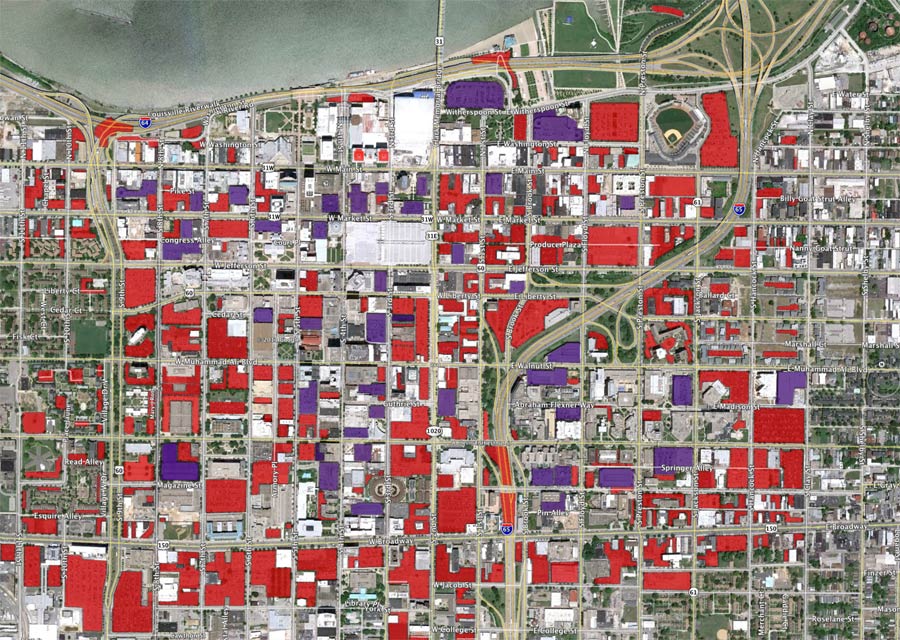
The report goes on to note that, despite the recommended approval, this parking lot use is not what the Overlay envisions for the area. “Eventually the Overlay envisions a fully developed urban context for the entire overlay district,” the staff report reads, “but in this specific edge condition the street wall is ill defined and approximately 50% parking lots.”
As history has shown, it’s often difficult to unpave a parking lot once it’s in place, so that urban context is likely very far off. Despite a less-than-ideal context of buildings separated by parking lots, allowing developers to pave even more out of convenience will ensure First Street is a suburban speedway for another generation. And that’s to say nothing of the city’s overwhelming heat island effect problem exacerbated by surface parking that landed it as the nation’s worst.
The staff report includes recommendations that the wall is redesigned with better materials and reduced to four feet to increase aesthetics along the street; that lighting and street trees comply with existing standards; and that the applicant consider adding benches or bike racks along the sidewalk.
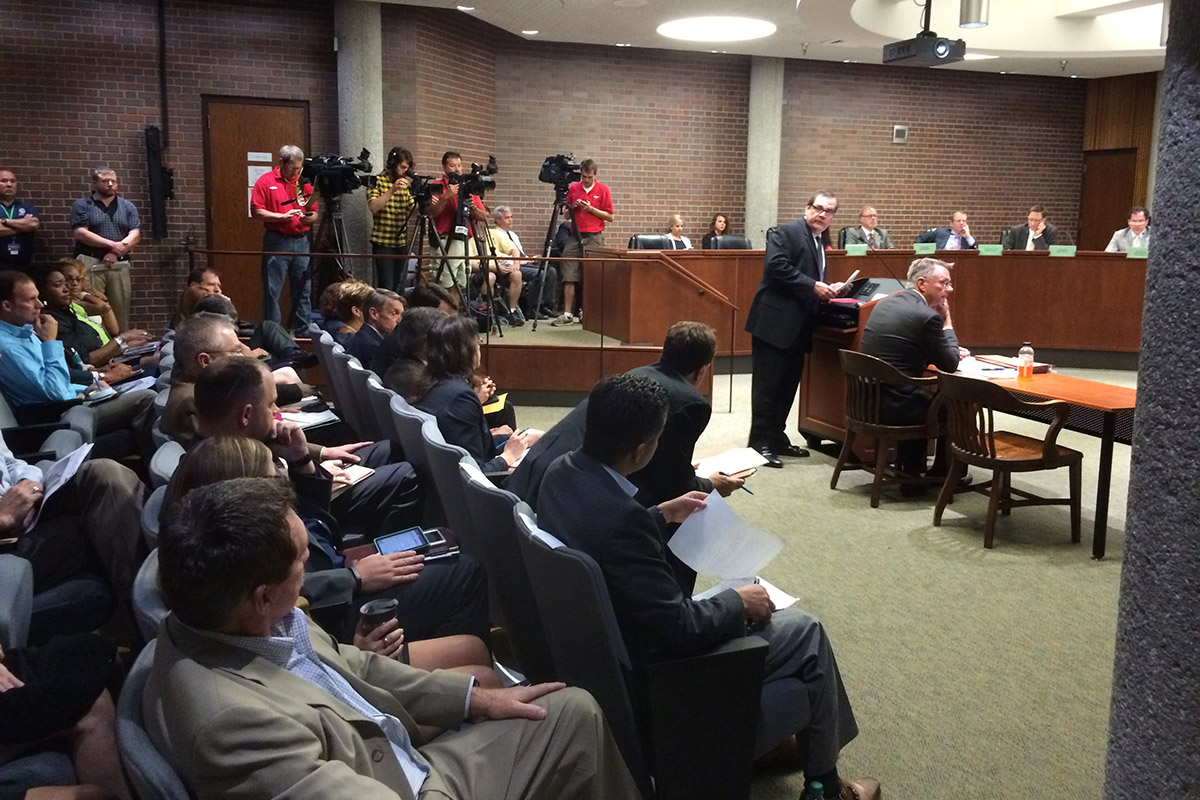
Looking back at the past year of downtown development review, it’s clear that our process needs a little work. 2015 saw several major decisions from planning staff and the DDRO commission, most notably the contentious issues surrounding the design of the Omni Hotel & Residences and demolition of the old Water Company headquarters on Third Street that played out last July.
There were other important decisions made by the DDRO in 2015 that advance a questionable picture of the future of Downtown. It’s hard to point at Omni as the odd one out when it follows in a line of similar decisions across Downtown.
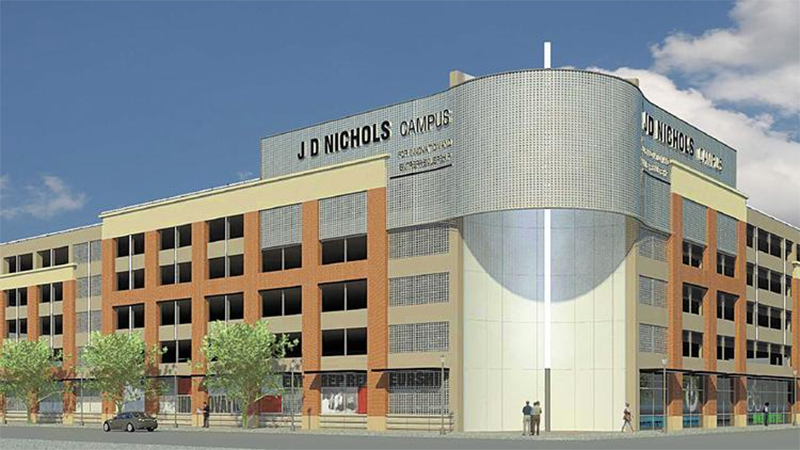
Back in October 2014, the DDRO approved 14DDRO1012, a project to build the six-story J.D. Nichols Campus for Innovation & Entrepreneurship Parking Garage Structure on the corner of Preston Street and Jefferson Street. That project, still under construction in the shadow of a massive Interstate 65, brings over 800 parking spaces and a dead street wall. But hey, it’s got bike racks located hundreds of feet from anything useful.
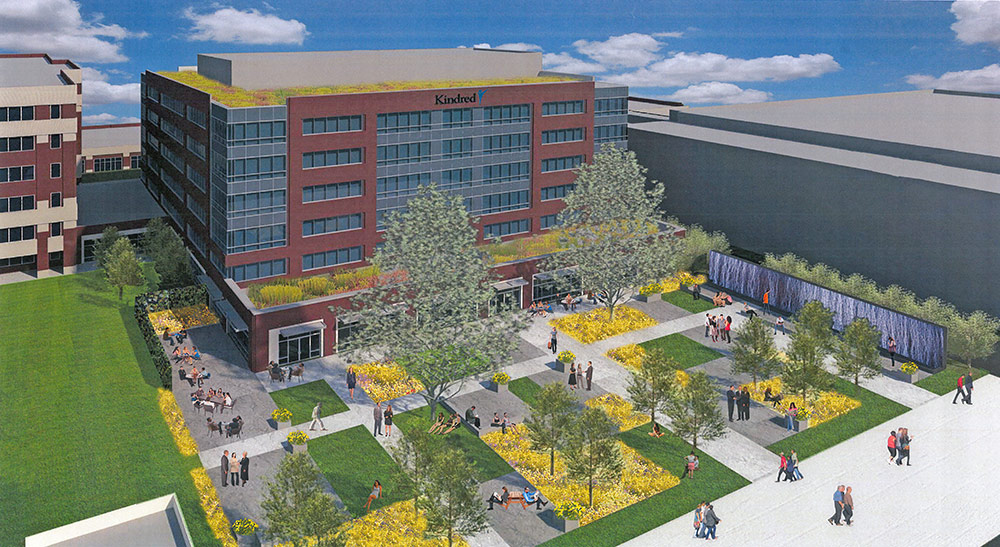
In March 2015, the DDRO approved 15DDRO1001, the expanded headquarters of Kindred Healthcare at Fourth Street and Broadway, which we’ve covered a number of times. That decision allowed the demolition of Theater Square for a generic suburban office building set far away from the street behind a less-than-overwhelming new park called Kindred Square. That vote compromising the urban context in the area. There’s space for a restaurant, but that’s not a lot considering how much retail potential was there before.
In June, the DDRO pushed forward 15DDRO1010, a plan to rebuild a Thornton’s gas station at First Street and Broadway. While it was replacing an existing gas station, the urban design of the prominent corner remains fundamentally eroded by the built form allowed to proceed on the site.

One decision didn’t make it to the DDRO committee at all was the conversion of the Kurfees Paint Company building into mini-storage. That project highlights another way projects can be approved Downtown: with only staff approval. The mini-storage project was approved by staff on July 22, 2015 with no retail planned to activate the street wall. We covered that project over here.
For all the talk over creating a deadened Third Street brought about by a loading dock and parking garage, this sort of thing has become routine. To the casual observer, the DDRO has become a rubber stamping panel that, at most, asks for window dressing on projects that put no windows on the street.
This issue is bigger than any of these individual projects discussed here. As we begin a new year, it’s time to ask ourselves important questions. What is the public review process for? What kind of city do we want to build and live in?
We’ve already got a great set of guidelines already built into the city’s land development codes—it’s time we uphold them rather than kick the can down the road. In 2016, it’s time to send bad urban planning back to the drawing board and read up on good city building. Louisville deserves it.

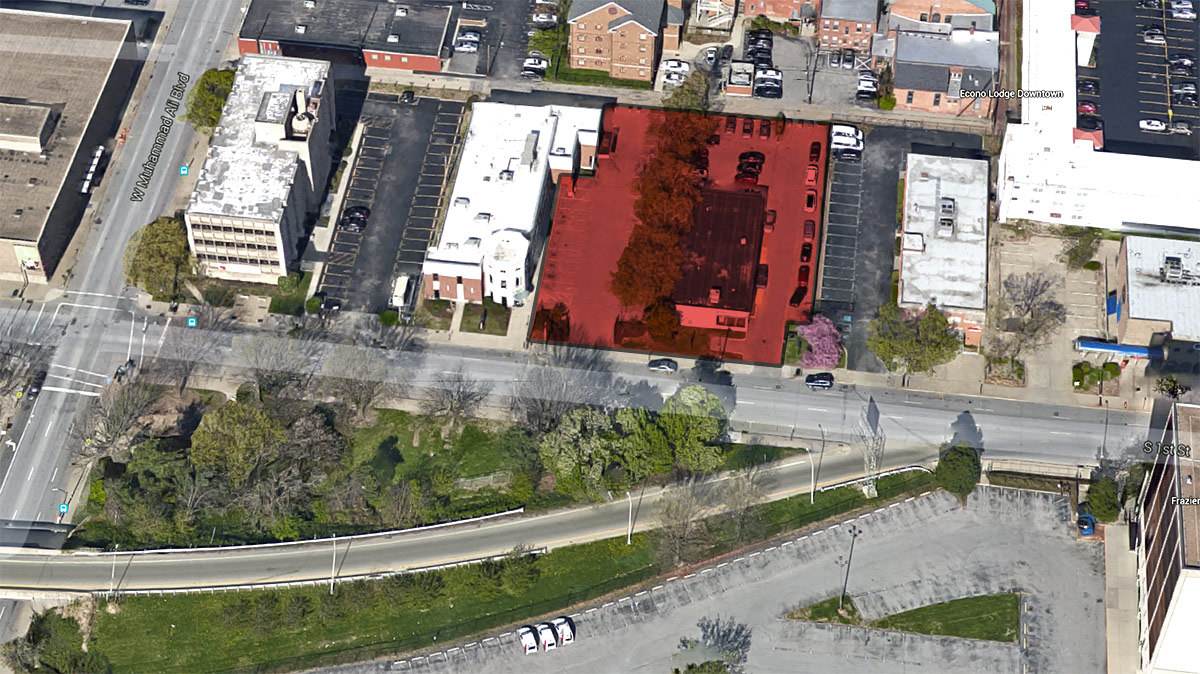


LDC 5.5.B.1 NOTE: Parking should have the same qualities and characteristics as any other downtown
development relating strongly to nearby buildings and should be designed to promote
comfort and safety for pedestrians on the street and the sidewalk.
LDC 5.5.B.1.a.ii Surface parking shall be located completely behind all principal structures and shall be
accessed at the rear of the property via an alley. When alley access is not possible, the Director
of Works shall determine access.
I don’t see compliance…
The Land Development Code should be changed with the current day “comfort and safety”. Being that, in my opinion, parking should be in front of new structures with deliveries in the rear. This is to prevent potential safety issues between cars, bicyclist, walkers, etc. from being in harms way of larger delivery vehicles. Example (situation), evening darkness situation of business being on the street with urban design in mind, a person is attacked, mugged, etc. because the parking is in the rear with no passers by to help render aid because the building had to be located on the street, parking in the rear, not a safe situation. Deliveries are normally made during daylight hours so any “alley” activity becomes suspicious (safety first). I would like to see someone do an article on how the LDC has held out city back, caused companies to look at other cities, and has created growth to the surround counties and Southern Indiana. All these businesses looked at Louisville, but the LDC caused it to be costly as well as timely (ask any developer). It is easier to develop in the surrounding area. At this rate, Jeffersonville will have a professional team before Louisville. When will be get it together and progress, not be “like” Nashville, Indy, Cincy, but better than those cities. We continue to be our own worst enemy while getting in our own way of economic development and progress.
Considering the city seems to basically fold at the first hint of any resistance to the LDC and the mayor forces people who know better (think Kindred) to go along with whatever the developer wants I doubt it’s scaring anyone off. What will scare developers off though and is actually dangerous is all of the dead streets where nobody wants to go because downtown is filled with nothing but a giant oppressive walls with nothing to see and do, like third street will be in the very near future. As cool as the Omni will be it will be permanently crippled by be surrounded by a giant parking garage on third and the back of the Marriot with it’s noisy smelly trucks.
Not very progressive Lou’s leaders are, maybe they need to get out more often and perhaps visit a host of other cities downtown’s and see what true vibrancy looks like
Make no little plans ; they have no magic to stir men’s blood
Daniel Burnham
Advice Lou’s leaders need to heed
The DDRO is a joke. Look what happens when a board member speaks up, they are removed as we saw during the Omni Project. No wonder so many young talented people leave and go to bigger cities and possibilities. Greg Fischer needs to address this problem.
This is great article. Thanks for presenting the issues. The map of parking garages and parking lots shows the stunning land use demand of the single occupant vehicle transportation system. Urban design advocates and transit advocates should take a hint from the West Louisville Coalition and start meeting to form a broad public movement for transit oriented development. KIPDA votes and the auto-centric projects eventually result in demolition of historic structures and unlivable spaces. FORD and TOYOTA intend to sell millions more cars every year and Metro urban development will follow that pattern.